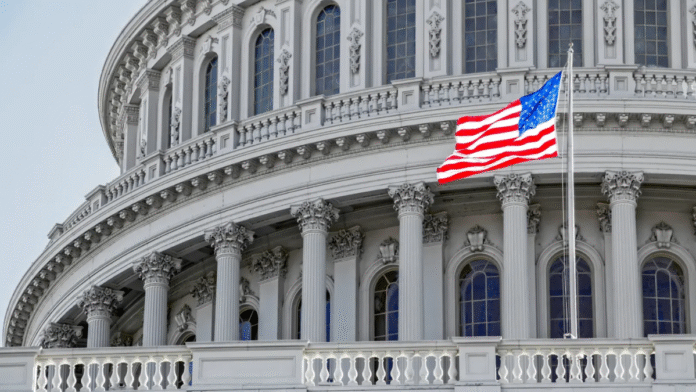The United States is facing a serious economic problem as the government shutdown continues. White House economic adviser Kevin Hassett warns that the shutdown is costing the U.S. economy around $15 billion every week. That is a significant hit to the country’s economic output, affecting jobs, spending, and government services.
Economic Costs and Job Losses
During the shutdown, many federal workers are either furloughed or working without pay. About 1.9 million federal employees are affected. The shutdown is not only delaying paychecks but also causing a ripple effect across the economy.
A White House memo shows that if the shutdown lasts for a full month, an additional 43,000 people could lose their jobs. Consumer spending could also drop by $30 billion, as families and individuals have less money to spend on goods and services. These figures show that it is not just a government problem but also a direct financial strain on households.
Hassett emphasized that the economic cost is measurable. Every week of the shutdown is estimated to reduce the U.S. GDP by around one-tenth of a percent, or roughly $15 billion, showing the scale of the financial impact. The longer it continues, the greater the immediate effect on productivity and economic growth.
Impact on Businesses and Consumer Spending
The shutdown affects not just federal workers but also businesses and communities. Companies that rely on government contracts may face delayed payments. This creates uncertainty for businesses and can disrupt their operations. Delays in federal procurement and services may force some companies to postpone hiring, reduce work hours, or cut back on investments.
Consumer confidence is also affected. Many Americans may reduce spending if they worry about job security or delayed paychecks. A report from EY-Parthenon estimates that the shutdown could reduce GDP growth by $7 billion per week, due to disruptions in federal pay, procurement delays, and reduced demand across several key industries.
Legal firestorm erupts as judge says Trump cannot override Governors on National Guard orders
The impact is not limited to large businesses. Small businesses that provide services to federal agencies or that rely on federal employee spending may also see lower revenue. National parks, museums, and other government-operated facilities face closures or reduced services, which can affect local economies and tourism-dependent communities.
Historical Perspective and Scale of the Shutdown
Looking back, previous government shutdowns have caused major economic damage. The Congressional Budget Office (CBO) reported that a closure during President Trump’s first term reduced economic output by $11 billion, with $3 billion in losses never recovered. Current estimates suggest that in a prolonged shutdown, up to 750,000 employees could be furloughed daily, costing the economy about $400 million per day.
The scale of the shutdown is massive, affecting a wide range of government operations. Administrative offices, regulatory agencies, and public services are slowed down or halted. Federal programs that support healthcare, education, and infrastructure experience delays, which can indirectly impact private businesses and individuals.
In addition to the direct financial costs, the shutdown affects everyday life for many Americans. Federal services such as passport processing, tax support, and public safety programs may be delayed or operate with limited staff. These interruptions highlight the widespread reach of the shutdown, making it a concern for both workers and ordinary citizens.
Overall, the ongoing government shutdown is a significant financial burden. Weekly losses of $15 billion, millions of furloughed workers, and billions in delayed spending highlight the immediate economic impact. Both the private sector and federal employees are feeling the strain as government operations remain paused.


